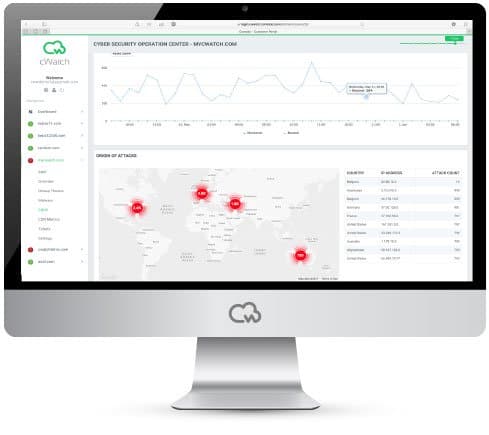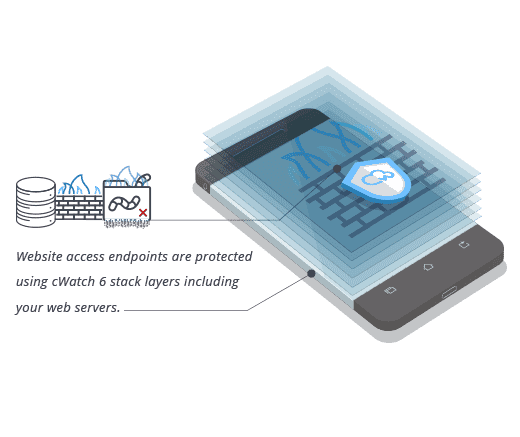All Internet users are familiar with the 500 Internal Server Error. There are several three-digit integer HTTP status codes. A status code will be returned from the server to the client for every time a request is sent. Normally, all of us would have encountered errors such as the 404 Not Found error. These are a type of HTTP status code, not error codes. The HTTP status code 500 Internal Server Error is also an HTTP status code. In this article, we will go over the 500 Internal Server Error in detail.
Steps to Troubleshoot 500 Internal Server Error
As we all know, troubleshooting this 500 Internal Server error can be difficult because many issues can cause the 500 Internal Server Error. Let's look at the steps required to resolve a 500 Internal Server Error page.
500 Internal Server Error Troubleshooting from the Client Side

There are only a few client-side solutions available for this error because the server is the one that causes the 500 Internal Server Error. Those are as follows.
- After erasing the cookies and clearing the cache, restart the browser.
- Consider it a 504 Error
Right after clearing the cache and deleting the cookies, consider restarting the browser.
The 500 Internal Server Error is rarely caused by caching issues, but it is possible that the problem will be resolved if you clear the browser cache and cookies. It does not often necessitate extensive technical knowledge for fixing.
You can clear the cache and cookies in Google Chrome by following the steps below.
- Hold down to Ctrl + Shift + Delete.
- A window will appear asking you to clear the browsing data. Make sure all of the boxes are checked.
- Select the "Clear browsing data" option.
Please follow the steps below to clear the cache and cookies in Mozilla Firefox.
- Hold down to Ctrl + Shift + Delete.
- You will be presented with a window displaying your recent history. Make sure all of the boxes are checked.
- Press the "Clear Now" button.
Consider it a 504 Error.
When the server attempting to load a web page or fulfill another request by the browser does not promptly receive a response from another server that it was contacting, a 504 Gateway Timeout error message is returned. When the other server is unavailable or not functioning properly, this might happen. Occasionally, rather than returning a 504 Gateway Timeout, the web server might instead return a 500 Internal Server Error.

500 Internal Server Error Troubleshooting from Server Side
You can troubleshoot the 500 Internal Server Error from the server side if you're the webmaster or website administrator. The 500 Internal Server Error can be brought on by a variety of problems, as we've already seen. But we'll see some typical problems that cause this error.
- Timeout for External Resources
- Issues caused by incorrect file and directory permissions
- .htaccess file misconfiguration
1) Timeout for External Resources
To fully process a client request, the web server occasionally needs responses from remote servers. These external resources might exhaust themselves in some circumstances. Possible PHP timeout here. The web server will issue a 500 Internal Server Error in such circumstances. In order to prevent the remote server from returning a timeout error and instead waiting for the request to be processed, we can resolve this error by increasing timeout values or setting other suitable timeout options.
2) Issues caused by incorrect file and directory permissions
Most Internal Server Errors are caused by this. If the permissions of one or more files or directories required to process the client's request are incorrectly set, the server will not be able to access them, and the error is returned. A PHP script with the wrong permissions is an example of this type of issue. This issue can be solved by resetting the proper permissions on the file or directory.
3) .htaccess file misconfiguration
A.htaccess file configuration error is another frequent cause of the 500 Internal Server Error. A 500 Internal Server Error can result from URL rewriting errors, but this is uncommon. This problem can be resolved by identifying and fixing the .htaccess file's incorrect configuration.
Other Errors Like the HTTP 500
Many browser error messages, such as 502 Bad Gateway, 503 Service Unavailable, and 504 Gateway Timeout, are similar to the 500 Internal Server Error message because they are all server-side errors. There are numerous client-side HTTP status codes, such as the well-known 404 Not Found error. All of them are listed in our HTTP Status Code Errors list.
If you receive an HTTP error 500 Internal Server Error warning or any other errors, perform a real-time scan to determine the source of the HTTP error 500. cWatch can be used to scan your website for perimeter vulnerabilities. Visit for more information.





